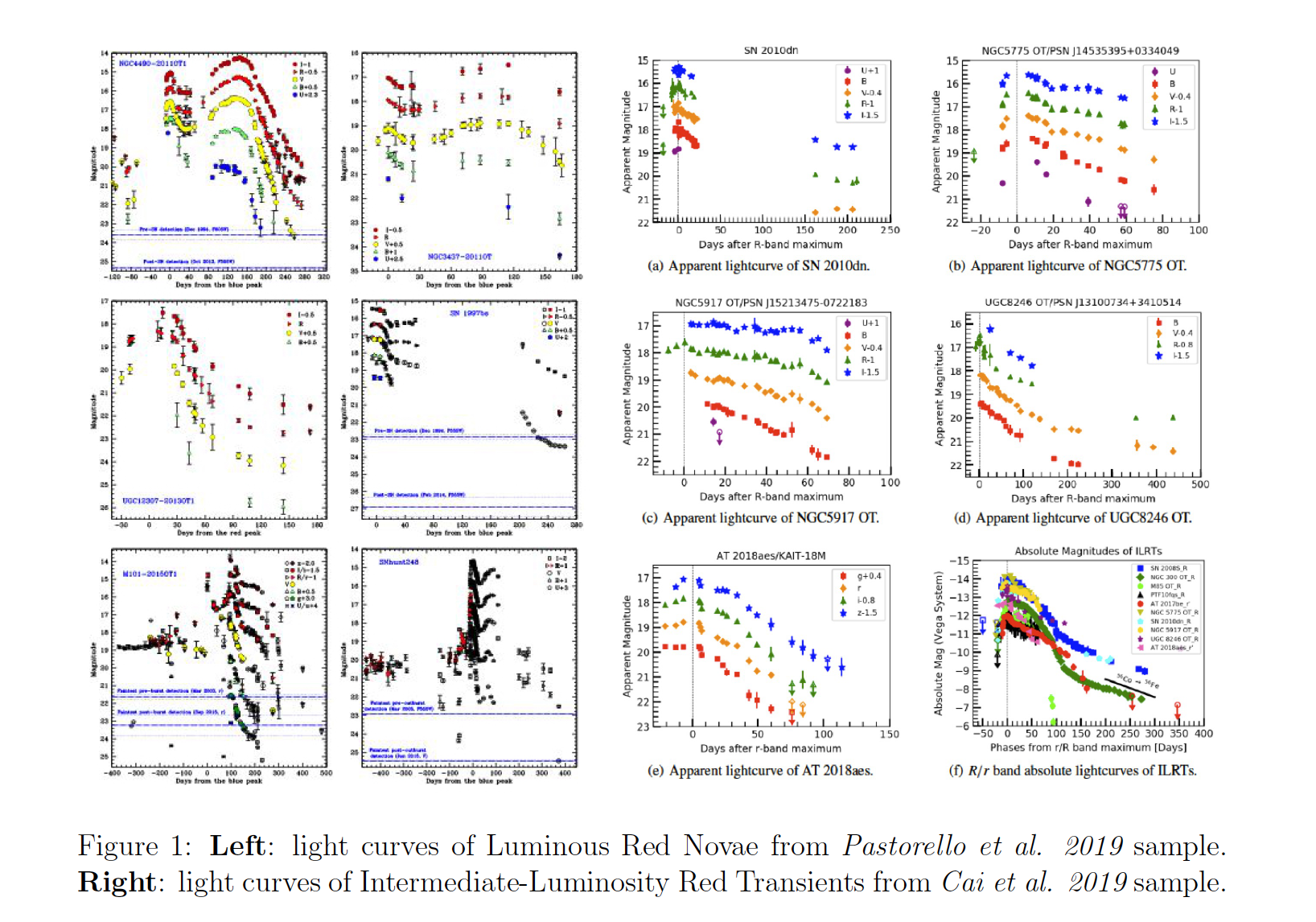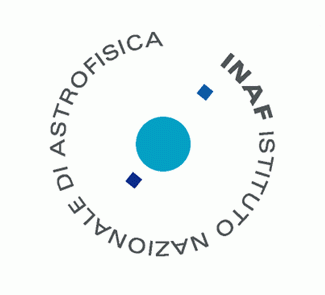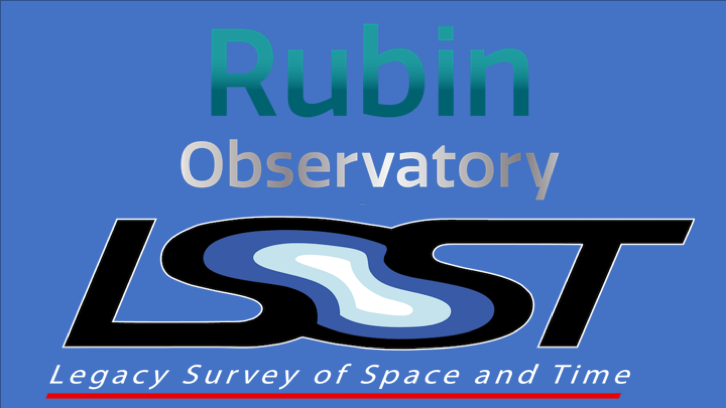Scientific Objectives
The scientific activities of our team have focused in increasing our database of Intermediate-Luminosity Optical Transients (ILOTs; Soker & Kashi 2012) and ejecta-CSM interacting supernovae (e.g. Smith 2018). The light curves and spectra are, in fact, essential comparison tools to identify and classify future transients discovered by LSST. Our data are collected in a website that is not yet of public access, with the exception of the project presentation pages (http://sngroup.oapd.inaf.it/ilot.html).
A few months ago, the TVS coordinators (Federica Bianco and Rachel Street) and Gauthan Narayan requested model light curve of transients to be included in the Photometric LSST Astronomical Time-Series Classification Challenge (PLAsTic), designed to automatically classify transients discovered by LSST. The light curve templates should be clean and noiseless.
Our team decided to postpone the release of our light curve templates of unusual transients after the publication of our papers, because the data-sets sent to PLAsTiC would became immediately public. However, some papers will be published soon, incl. Pastorello et al. 2019 (MNRAS, submitted), and Cai et al. (that will be submitted in February 2019). The former analyses a wide sample of Luminous Red Novae, that are though to be the outcome of common envelope ejection events or even stellar mergers. The latter provide new data of a family of Intermediate-Luminosity Red Transients, which are believed to be some exotic eruptions of moderate-mass stars or, most likely, faint electron-capture supernovae from super-AGB stars. For both of them, we will publicly release the largest existing datasets for these classes of transients (see Fig. 1), that will be used by PLAsTiC and other classification tools to build templates of rare transients.
Additional efforts have been devoted to increase the existing (but still limited) database of ejecta-CSM interacting supernovae showing direct signatures of pre-supernova outbursts occurred months-to-years before the terminal core-collapse. This evidence arises from the inspection of pre-supernova images available in the public archives (e.g. Pastorello et al. 2007, 2013) and the released datasets of interacting supernovae include also the historical light curve of the variable stars that later exploded as supernovae. This activity has led to the publication of a few papers in 2018.

Members
Principal Investigator:
Andrea Pastorello, INAF-Osservatorio Astronomico di Padova
LSST young researchers:
Elena Mason INAF-Osservatorio Astronomico di Trieste
Laura Inno INAF-Osservatorio Astrofisico di Arcetri
Giuseppe Altavilla INAF-Osservatorio Astronomico di Roma/SSDC-ASI
Maria Tantalo Dipartimento di Fisica, Università di Tor Vergata
Other INAF participants:
Filomena Bufano INAF-Osservatorio Astronomico di Catania
Enrico Congiu INAF-Osservatorio Astronomico di Brera/ Università di Padova
Yongzhi Cai INAF-Osservatorio Astronomico di Padova/ Università di Padova
LSST Affiliation
Transients/variable stars science collaboration
Stars, Milky Way and Local Volume
AGN
Activity Report

